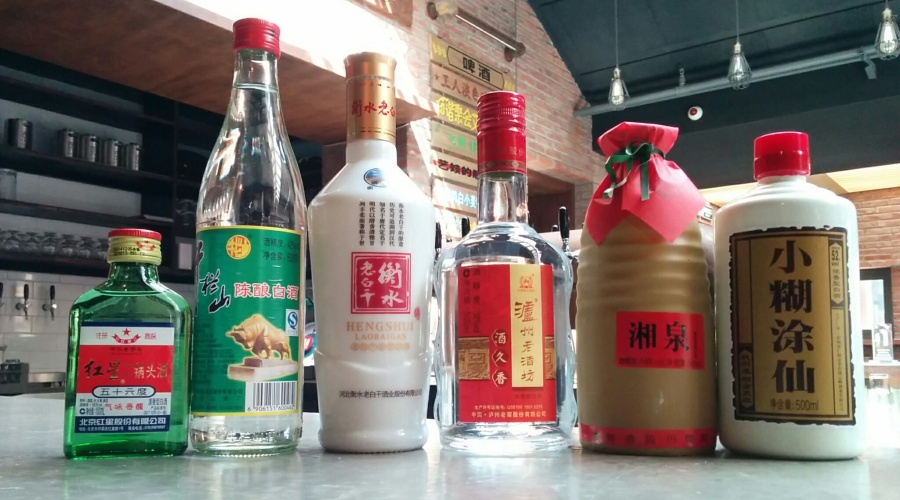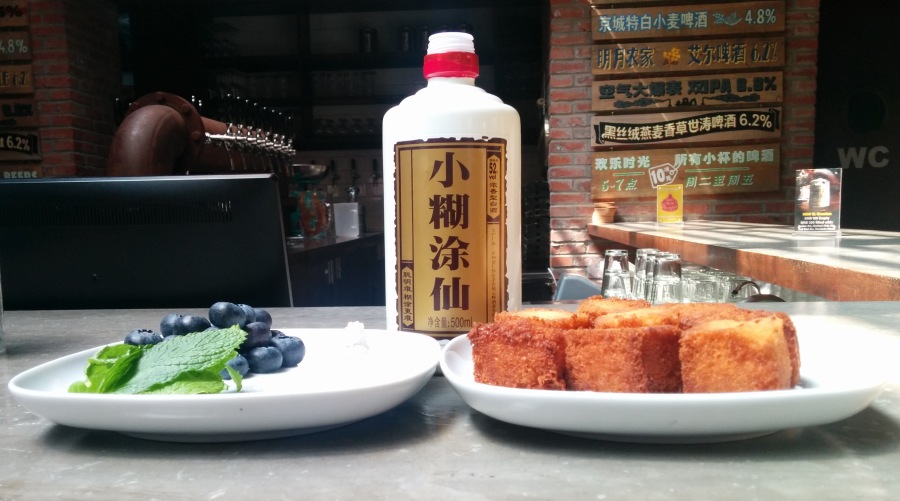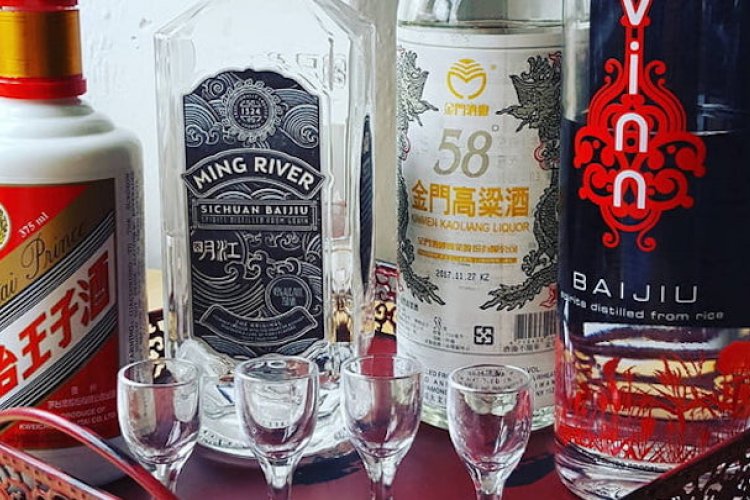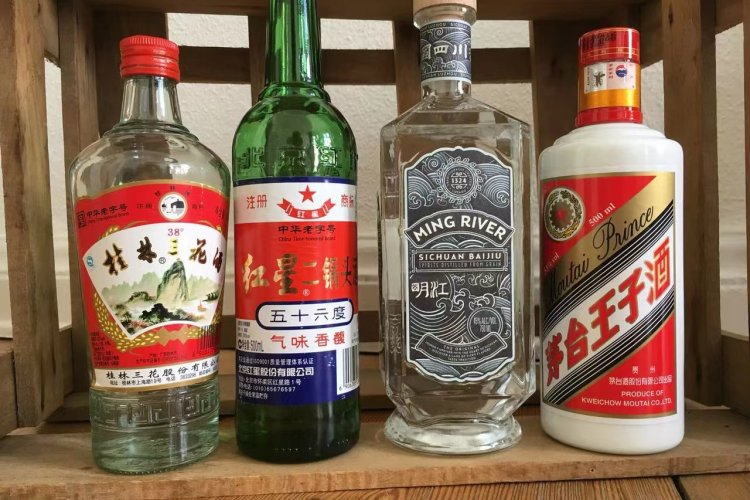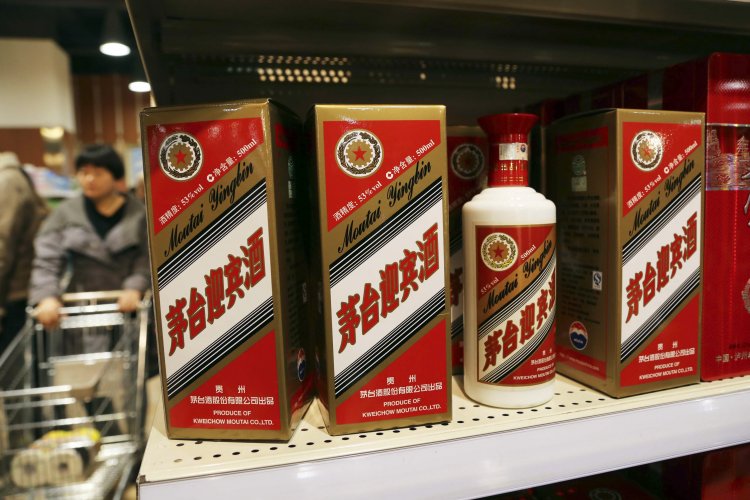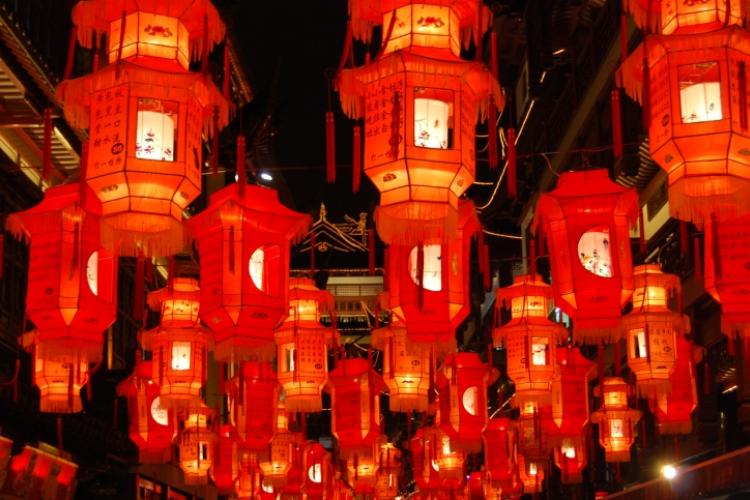Fry the Bai: Novel Uses for China’s Strongest Spirit
Windy City Ballroom Chef Dustin Merrett recently took some liquor from Kweichou Moutai and deep-fried the baijiuzes out of it. Moutai, the most famous baijiu brand, is symbolic of a booze many people love to hate. The intense and unfamiliar aroma, the alcohol content of close to 60 percent and the tradition of repeatedly gulping it bottoms up – ganbei! – tend to facilitate negative associations from the first shot.
But what if you eat the stuff?
Merrett went to work with some baijiu in the kitchen and discovered his customers – a mix of mostly Chinese citizens and a small number of foreigners – enjoyed it deep-fried. “They were looking at it like little kids, they all thought it was really neat,” he says.
It was part of a series of taste tests with China’s national spirit ahead of World Baijiu Day on August 8 and inspired by other experimenters who have deep-fried tequila, Bourbon, and any number of alcohols. It also led to a second session at the Jing A Taproom with a trio of baijius.
The recipe is simple. Take an angel’s food cake, cut it into one-inch cubes and soak the cubes with booze. Then carefully slip them into a deep fryer and cook until the sides are golden brown and crisp. Merrett says that in lieu of a dedicated fryer, you can use a deep pot and fill it one third full of sunflower oil, as olive or soybean oil can impart off flavors. “Wait for the bubbles to lessen, then test one of the cubes and see if it’s crunchy on the outside,” he says. “You want to be careful not to burn off all of the alcohol.” Remove, garnish and eat. Merrett sprinkled his with icing sugar and added whipped cream and blueberries. The topping options are nearly limitless, with everything from candied hawthorn and dried fruits to honey and jams offering potential.
In our taste tests at Jing A, a sorghum-based 52-percent-alcohol “strong aroma” baijiu by Xiaohutuxian in Guizhou placed first. Deep frying tamed the sharp alcohol edge while accentuating the savory and fruity elements and made for a pleasant snack. The contrast between the crisp exterior and moist interior of the baijiu cakes made it even better. You do lose some alcohol during the cooking process but the red faces at the tasting shows some spirit remains.
That particular baijiu is not cheap and is one aficionados might enjoy sans frying. The cheapest option we tried, a “light aroma” Niu Lan Shan Erguotou that costs a mere RMB 11 per bottle and weighs in at 42 percent alcohol, offered hope for those seeking value. While it did retain some intense baijiu features, it showed enough potential to warrant further testing. (In the imported booze category, the deep-fried Bourbon was especially well-received.)
Merrett finished by saying that he’ll add deep-fried baijiu to the summer menu at Windy City Ballroom and it’s safe to assume there will be more experiments to come, including with different brands, proofs, garnishes and batters.
And he isn’t the only one utilizing baijiu beyond its usual role as a drink served neat. The team at Jing A is planning to make its second beer using qu, the agent that baijiu makers use to turn grain into booze.
“Last year, we did it total home-brew style, basically fermenting in a 15-liter carboy,” says co-owner Kristian Li. “It turned out very similar to a Belgian-style saisson.” Li says this time around he hopes to draw out more of the traditional baijiu flavor. “There’s a baijiu tang and it’d be cool if that came through,” he says. “It’s probably going to be a blond beer, a light beer, with a milder baijiu aroma.”
Meanwhile, next door at sushi restaurant Okra 1949, Max Levy is using baijiu for the Guizhou-style sausages he sells via deli operation Traitor Zhou’s.The fat is cured in baijiu before being cut up and used in the sausages, says Diana Dang, general manager of Okra 1949. “The high proof and natural sugars help season the fat.”
All of these products suggest baijiu has more versatility than many people expect. That is not to say there is anything wrong with using the beverage to toast one’s friends around the dinner table. Rather, it might also be fun to share everything from a plate of deep-fried baijiu cakes to a refreshing ale fermented with the same starter that gives the country’s national spirit so much kick.
World Baijiu Day aims to get people together on August 8 to taste the planet’s most-consumed spirit, including flights featuring different styles of baijiu, and baijiu-inspired cocktails, foods, infusions, and even beer. More details at worldbaijiuday.com.
Photos courtesy of Jim Boyce

